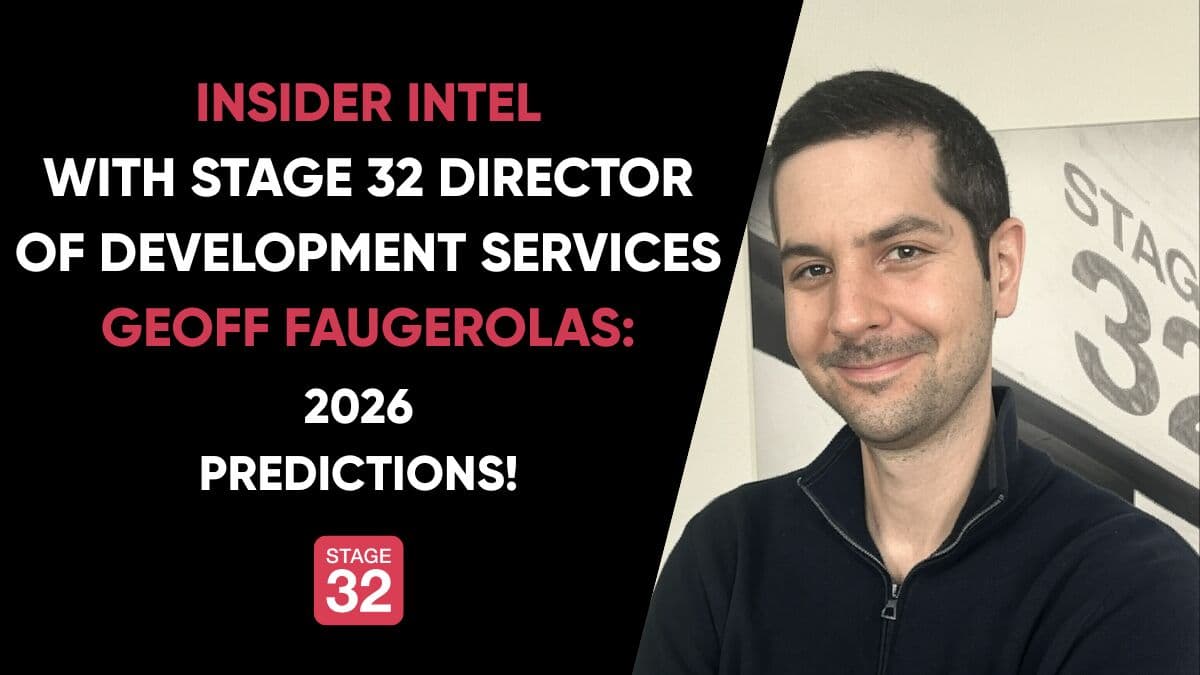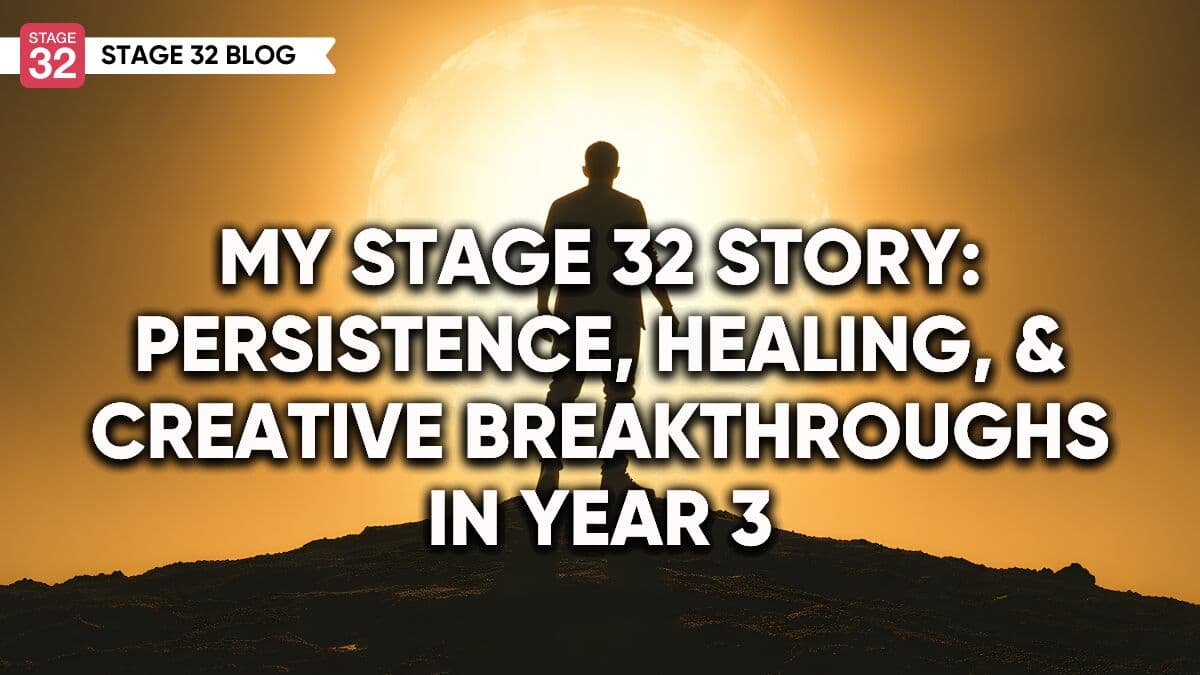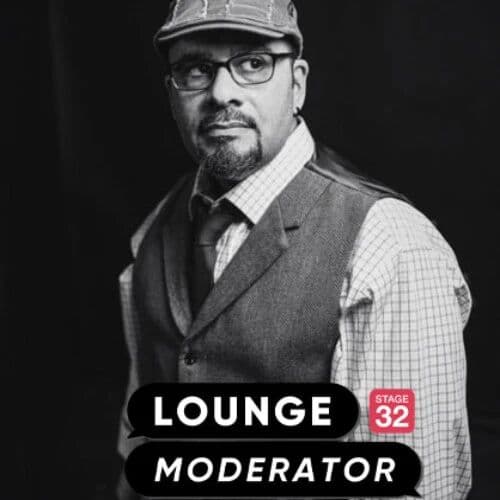How to Have a Healthy Relationship with Criticism of Your Art/Work

How to Have a Healthy Relationship with Criticism of Your Art/Work

As an artist, you’re called to show up in the world. Whether it’s on stage, making a pitch, submitting your screenplay, putting on an art show, you make yourself vulnerable to others over and over again.
Making art is a unique process. The initial stages of creating are deeply personal, but, eventually, you need the attention of your audience to bring your creative work to life. Though it began as something private, your art only achieves its purpose and full potential when it impacts someone else. When someone feels a connection with your art, they have a unique inner experience. Maybe they are even changed by what you created in some way. Art has power!
The true value of your art emerges when it inspires someone to have a genuine, heartfelt, emotional reflection. To make this happen, you need a real relationship with your audience. This connection through your art is what makes your creative process so meaningful and fulfilling.
Art isn’t just about making something in private, it’s also about creating relationships between you and the viewer or listener. As an artist, you must balance what your art gives to the audience and what the audience gives back to you.

It can feel like a big risk to be seen and to see others’ reactions to your art. It can be challenging to keep your heart open in the face of others’ reactions. This is part of the work... To be an artist is to put the most precious aspects of yourself out into the world hoping to be idealized, loved, and admired. But then, there’s always the risk that you and your art will be ignored, criticized, or mistreated.
When you’re connected to your audience, you feel great. You may feel fulfilled and validated emotionally. You may even feel a sense of bliss. It feels like the world is all yours. It’s almost like being in love. But l you’re not always in this beautiful, reciprocal dance with your audience. This beautiful energy comes and goes.
To preserve the bond and experience this kind of romance with your audience, you need to consciously work to build a solid foundation as you would with any relationship.
How Do You Grow and Maintain a Special and Mature Connection with Your Audience?
This is a dilemma for many artists. All too often, your audience doesn’t respond to you the way you need, hope, or dream.
But, you find the answer when you examine how you navigate the reactions from your audience. The goal is to stay connected to your core self as you develop a connection with those who are impacted by your art.
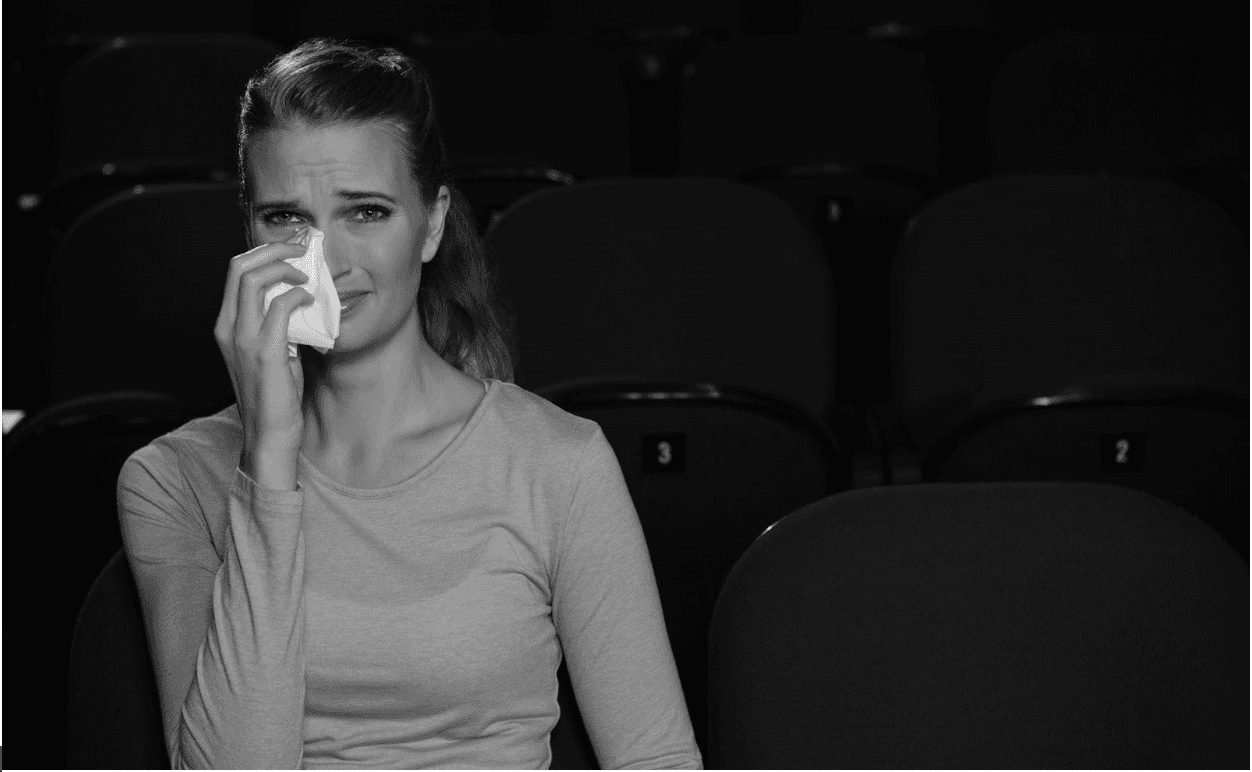
Sometimes, the world’s reactions can take you by surprise and can be extremely challenging. Imagine you’re at an audition, pitching your screenplay, or acting out a scene. You feel in touch with who you are, a little scared, perhaps, but also excited about the new possibilities. But then, you hear a comment or get an "I’m not interested" look.
Suddenly, you’re in a very different emotional place. Instead of gentle butterflies, you begin to feel all warm and dizzy. Your mind starts racing and you can’t seem to find clarity. You’re confused and scared. Your thoughts come so fast, you barely can pay attention to your surroundings. You disconnect from who you are as an artist. This moment no longer feels creative or like an opportunity to connect; it’s just something you need to survive.
When you’re faced with a break in the relationship between you and the people you most need to relate to, you may not even understand what has happened. Even worse, you don’t have any idea how to fix it. Maybe you feel ashamed and worry that something is wrong with you. You feel like an imposter, not like an artist.
Lost in fear and doubt, you feel disconnected from your audience and your identity as an artist. You cannot access your artistic energy.
As an artist, you can’t escape others’ reactions to your art. You know it is a part of the artistic career journey. If, however, you have unhealed emotional trauma around being seen and validated, you can’t just decide logically “I won’t let other people’s unfavorable reactions get to me.” When those old traumas are triggered, you lose control of how you feel and how you react. You’re swept into a spiral of emotion. You feel like you can’t stop or pull yourself back out.
There’s good news here: it is possible to manage your reactions to others and maintain your artistic integrity so you can continue to make your art and build your career.
How Can You Navigate the Different Audience Reactions and Remain Grounded in Your Creativity and Artistic Purpose?
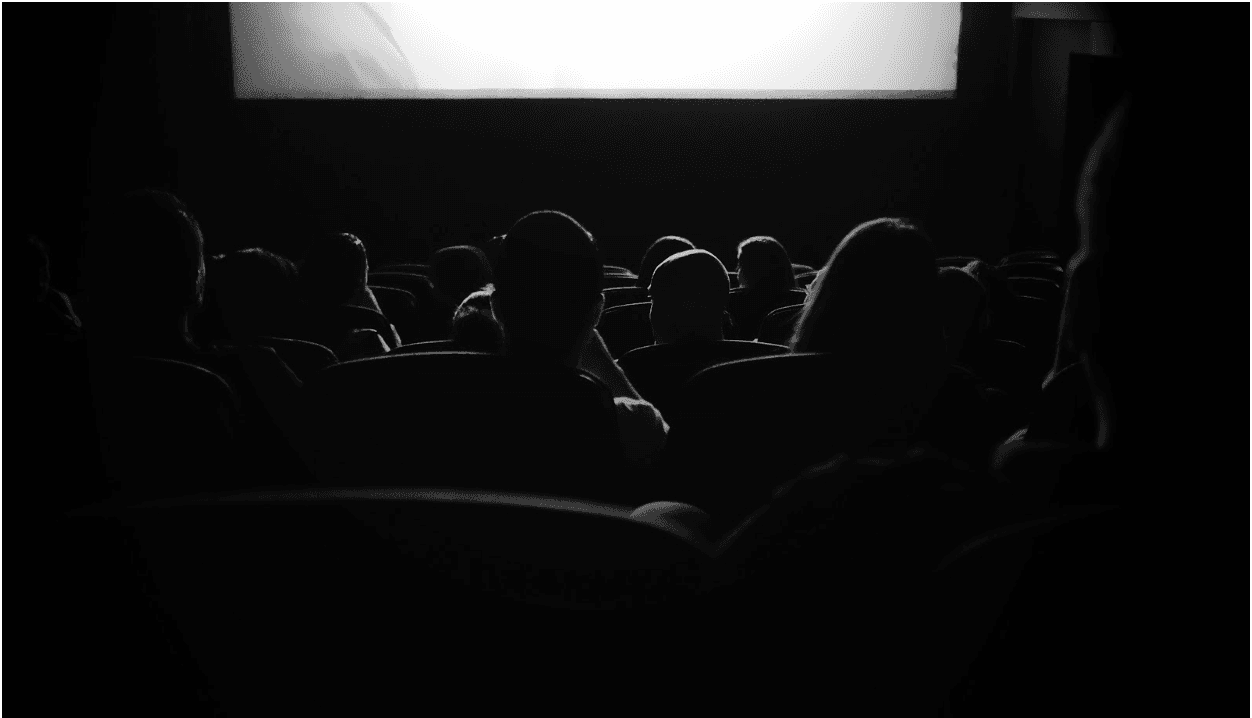
1. Develop Your Capacity to Tolerate Challenging Feelings
There are many different emotional tools you can use to help yourself cope with feeling unseen, criticized, ignored, or shamed. Meditation, mindfulness, and journaling are all helpful. These practices can help you increase your ability to tolerate difficult emotions and can help you develop self-awareness and insight.
You can learn to stay connected with difficult emotional experiences now, in the present, instead of getting stuck in old feelings. When you master this skill, you’re able to access your creative reservoir and use your feelings to create even more.
2. Practice Emotional Differentiation Between You and Your Audience
It’s possible to simply let others have their reactions while you stay connected to your own truth about your art. While you don’t have to like others’ feelings about your art, you need to let them have their own opinions. The practice of emotional differentiation allows you to stay connected to your own emotional experience and your own mind no matter what kind of reactions you encounter from others.
Allowing others to have their own truth while you stay connected to your own truth is the birthplace of true connection and makes it possible for you to create your true art that speaks to your true audience.
3. Practice Emotional Boundaries with Your Art
You and your art are intimately connected. An intimate connection melts emotional boundaries, creating fluidity and flow. It’s the dance of intimacy, which allows you to connect with your creative energy and make amazing art. You can create from the inside out, in touch with your most unique talents and skills. But there comes a time where you also need to have some emotional space and breathing room from your art so you can step back and be more objective about your work. When you can see yourself from the outside, you can make decisions about how you need to improve or deepen your skills.
Lose yourself in your art to create it, but also remember to step back and allow others to have their emotional reflections on your art. This practice can offer opportunities for growth so you continue to evolve as an artist and further your connection with your audience.
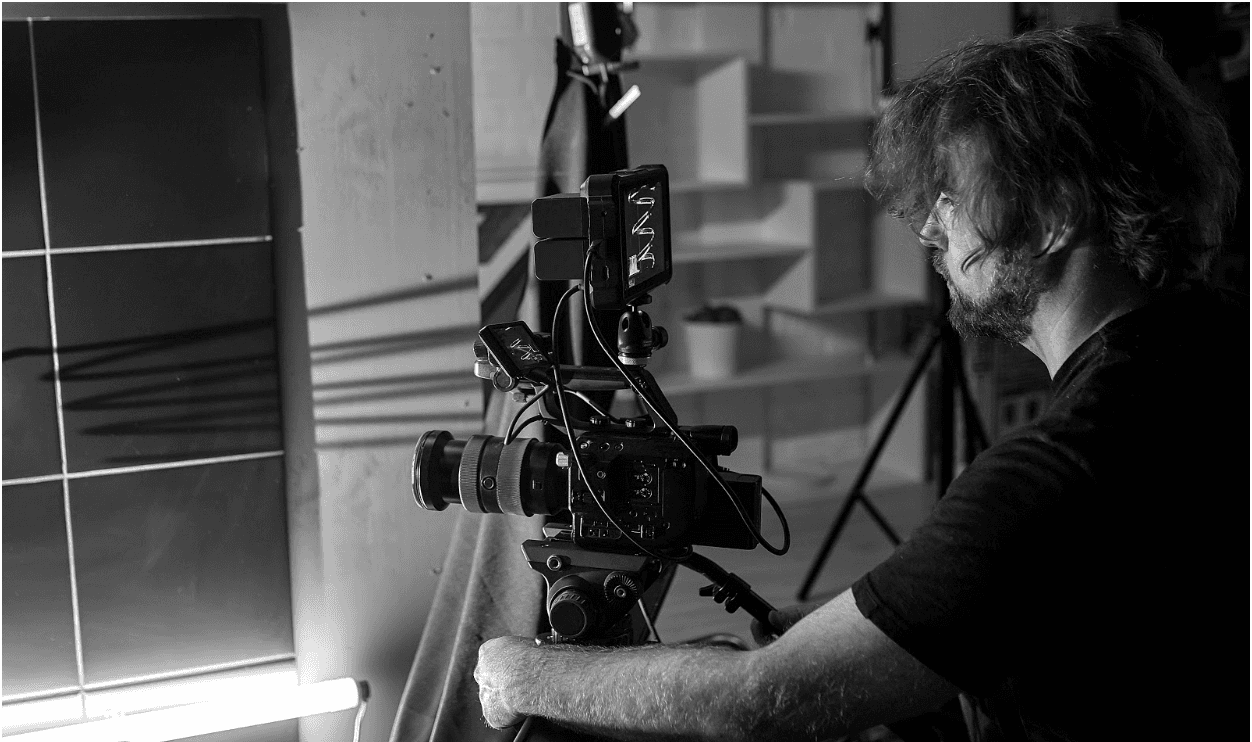
It’s your mission as an artist to give shape and voice to what can only be expressed through the language of art.
You have the ability to feel at home in that vulnerable space in which you get in touch with all the human experiences. This is a powerful, unique gift. Part of your job and your calling is to create with vulnerability so you connect with and express the greatest truths about life and death and all in-between. Embrace it and embrace the power of your art.
Let's hear your thoughts in the comments below!
Got an idea for a post? Or have you collaborated with Stage 32 members to create a project? We'd love to hear about it. Email Ashley at blog@stage32.com and let's get your post published!
Please help support your fellow Stage 32ers by sharing this on social. Check out the social media buttons at the top to share on Instagram @stage32 , Twitter @stage32 , Facebook @stage32 , and LinkedIn @stage-32 .
About the Author
I’m a psychotherapist working with creatives and performers in Los Angeles. I’m here to share a stories to help and inspire creatives. Many years ago I found myself in the therapy room with my first creative client. I was full of curiosity and excitement. Creatives have a special place in my he...
